There are few things better than cooking with cast iron. It cleans up easily, we all know what it is and what it does, and there are few fumes from it that may bother the lungs of pet birds or young poultry still inside (especially during the winter). That said, there’s a really unfortunate drawback. Some foods just should not be cooked in cast iron. Why? What foods? We’ll take a look today. Let’s get started.
Fish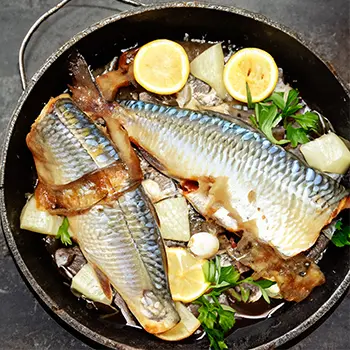
Probably the worst culprit on the list. As much as I love fish (and I love fish a lot), this oily protein will very quickly get stuck in the porous surface of the cast iron and you are never, ever getting it out. Worse, fish reeks after a few weeks on a cast iron pan.
Did you accidentally cook fish in a cast iron pan before you realized it wasn’t the best idea? Well, you can always strip the seasoning from the pan and re-season it. Don’t know how to do that? It’s easy enough. You’ll take a wire brush to the pan and scrape and scratch it until it’s gleaming like it’s brand new.
Some of you are choking and gasping at the very idea of doing this and I don’t blame any of you; I would, too. A good seasoning on a cast iron pan is a terrible thing to waste. If you must cook fish in a cast iron pan, please consider getting a small one that you reserve only for fish and heating it very aggressively before you use it. You still run a risk of food poisoning from congealed and rotten fish oils stuck in the pan (fish oil is terribly unstable, as opposed to red meat fats, at room temperature), but this will lessen the possibility of that.
Tomatoes And Other Acidic Foods
Ah, this is another good way to scour your pan!
So, you want some spaghetti. You whip out the cast iron pan and don’t give it a second thought. You make some nice browned ground beef, you pour in your noodles, and in go a beautiful medley of onions and tomatoes to heat down and…
Oh no.
Your pan smells awful and there’s a metallic tinge to your dinner.
You did this and there’s no saving dinner. There may also not be a way to save your pan. While you can roast cherry tomatoes or small, whole tomatoes that are still on the vine (blistering them, for instance, for an English breakfast set), exposure to extremely acidic foods and sauces can ruin your cast iron skillets beyond recovery. Though this is usually when you let a spaghetti sauce sit on the stove for a long period of time and eat away at the seasoning film.
Recovery? Toss dinner and order pizza. You aren’t getting rid of that tang in your meal and it’s a great way to remember that this is definitely the wrong way to do things. That said, you can cook your pizza in a cast iron pan. Just be careful not to get any tomato sauce on the actual metal of the pan.
Eggs
Everyone has done this one. Absolutely everyone and their cousin, in fact. You get up, pull out the pan that’s clean, and smack it down on the stove. You aren’t paying attention. You toss in a little butter and crack a few eggs directly into the pan.
Suddenly, everything smells like sulfur.
Yep. That’s why I don’t make eggs in cast iron skillets; the egg smell will stick in there forever. And while fresh eggs smell wonderful, the sulfur scent that emanates from the pan after a week or two will never leave the rest of your meals. Even scratching down to the bare pan and cleaning the seasoning off, re-seasoning, and trying to work through the egg scent has not worked with…um, certain other people. Definitely not your gallant author. Certainly not.
Sweets
Anything that involves a caramel or a sweetened sauce (such as something containing sweetened, condensed milk) is a no-go for cast iron skillets. Why? Some of it is the same issue as many of the above issues; the sugar (or lactose in the case of milk-based products) will get into the porous material of the pan and cause problems down the road.
The bigger issue is that the heat from these pans can often scald these products very, very quickly without much visual notice. Caramel and milk products will change color when scalded but subtle scald, when it happens very quickly, may go unnoticed until you taste it. Then, you get a terribly burnt flavor. Blech.
Unfortunately, this also includes things like fruit-based baked dishes such as crustless apple pies. The whole recipe will go to pieces and you’ll be left with nothing but a scorched, gross mess to scrape out of your pan. And nobody wants to do that.
Heavily Spiced Foods
This one is for all of you Indian cuisine lovers out there. You know how you’re supposed to toast the spices for a long period before you add them to the actual meal?
Don’t use your cast iron skillet for that. Instead, use a sealed ceramic pan for it. Why?
In most cases, you don’t have to worry about accidentally charring your spices (once you have a good handle on how to toast them, anyway). Should you do this, your pan will never be the same and you will never pry the ashes completely out of the porous material. Again. Definitely never happened to your author. Never ever.
While some spices are fine, things that make you go mmm, mmm, mmm, are probably better left to sealed cookware that will be easier to clean. You don’t want your fajitas to taste like your samosas, after all.
Did I miss anything that you would avoid putting in your beloved cast iron pan? Would you tell us to reconsider some of our views? Talk to us in the comments below and, as always, Happy Cooking!
You may also like:
20 Foods That Can Last 20 Years
An Insanely Effective Way to Build a 5 Year Food Stockpile (Video)
If You Don’t Have a Root Cellar Do This
How You Can Find Out If Your Homestead Water Is Polluted Or Clean

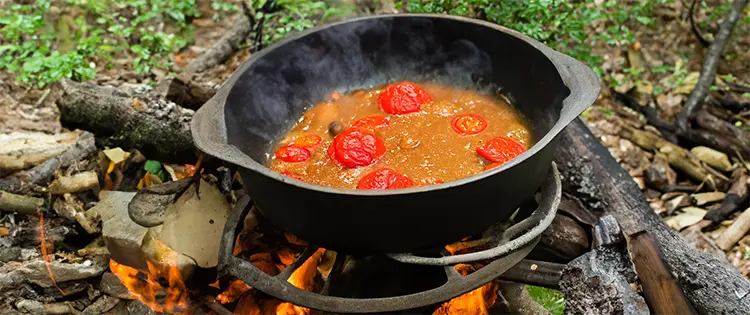
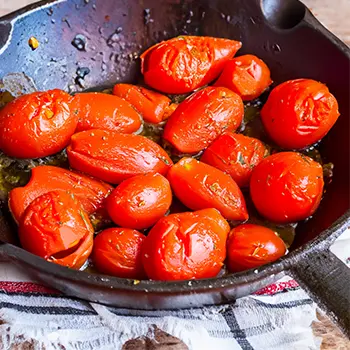
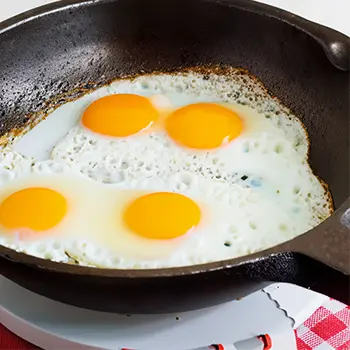
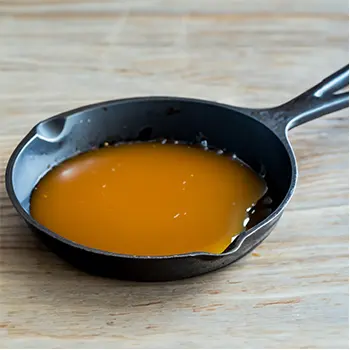
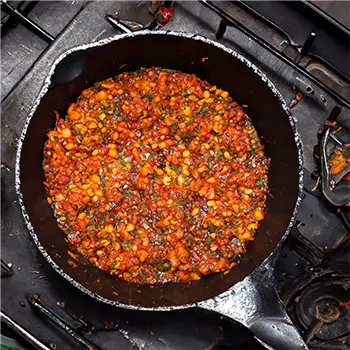













Everything in that article is wrong. It’s nothing more than a collection of fear based assumptions about cast iron. I don’t believe the writer even owns cast iron based on that article. It’s like they went to Reddit and just copy pasted all the crazy responses r/castiron deals with everyday.
I agree
I am surprised this is on this site.
Do you know what? I read this article a week ago or so, and I had to look it up and write a comment. This article is probably written by someone who has no idea how to use cast iron. Everything on here is totally wrong. Cast iron is an enduring cooking medium, and the lies here are all just that. I cook the best salmon with the skin on that I’ve ever had in my life on cast iron. I cook the best buttered eggs on cast iron. I cook curry in my cast iron. There’s no lingering awful fishy smell after cooking the fish. There’s no permanent scarring of my beloved cookware after preparing eggs. Someone needs to educate the author. In order to cook things better than even a non-stick pan, add butter, no, not coconut oil, real butter to the pan. Heaten the pan on medium-low heat until the butter begins to turn slightly brown. This is the perfect time to add your eggs or fish. They won’t stick to your pan. They won’t get embedded. They will slide around after they have been given a chance to cook for a minute. This kind of misinformation gives this whole site a loss of credibility, to me. Beware these falsehoods. Cast iron is still the best cookware that can be found in any kitchen!
So inaccurate as to call into question advice from the whole site.